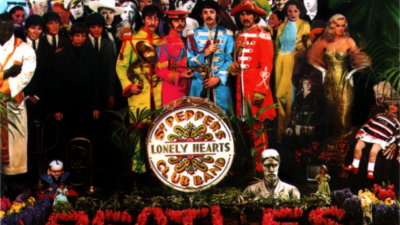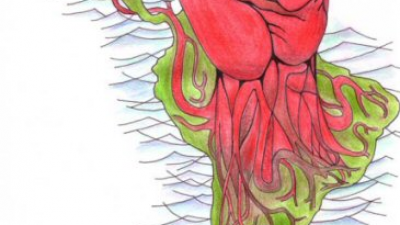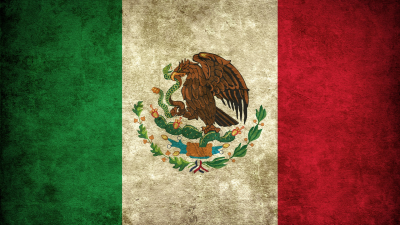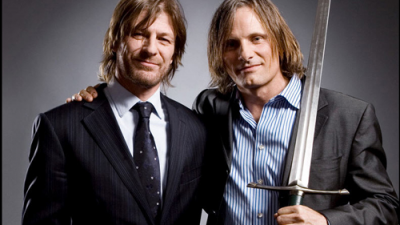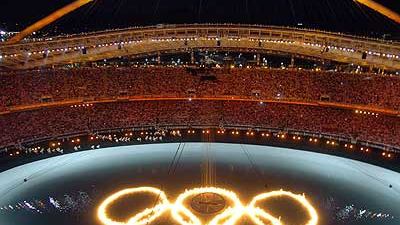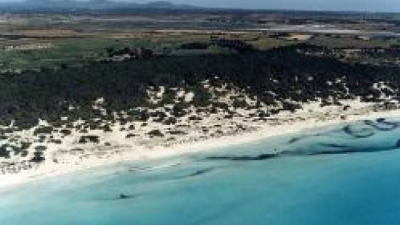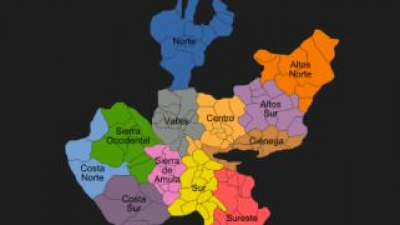The masterpieces of Antoni Gaudí
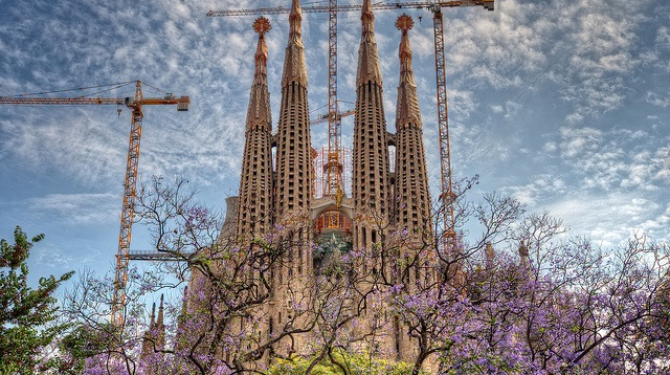
Source: listas.20minutos.es
Antoni Gaudí i Cornet (Reus or Riudoms, June 25, 1852 - Barcelona, June 10, 1926) was a Spanish architect, maximum representative of Catalan modernism. Gaudí was an architect with an innate sense of geometry and volume, as well as a great imaginative capacity that allowed him to mentally project most of his works before moving them to plans. In fact, he rarely made detailed plans of his works; I preferred to recreate them on three-dimensional models, molding all the details as I thought of them. On other occasions, he would improvise on the fly, giving instructions to his collaborators about what they should do. What do you think has been the most amazing work of this architect? Vote for your favorites!
TOP 14:
The Gardens of Can Artigas (La Pobla de Lillet, Barcelona)
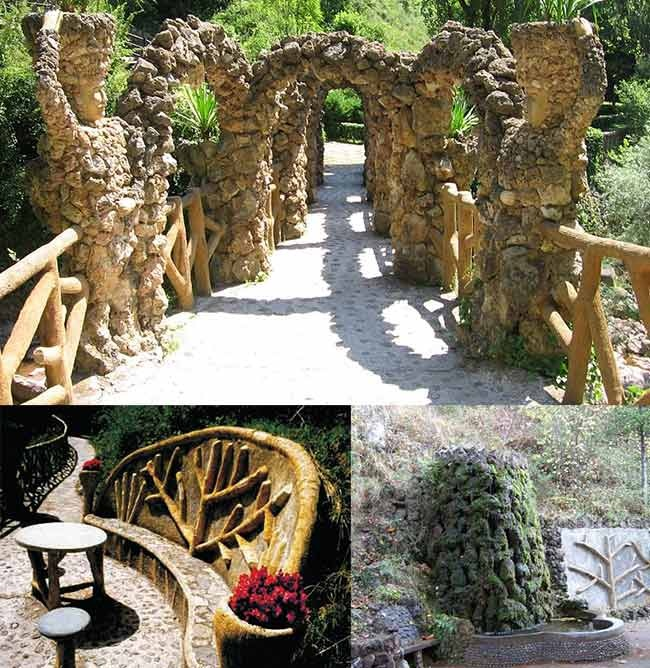
It is one of the most unknown works of Gaudí. In 1905, the architect traveled to the town of Lillet to build a villa for Eusebi Güell. And during his stay, he stays at the home of Joan Artigas, in gratitude he makes the design of some peculiar gardens.
TOP 13:
Casa Vicens (Barcelona)
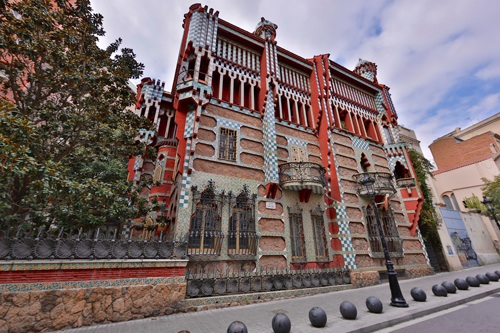
It rises in the quiet neighborhood of Gràcia, as an unusual oasis of oriental and Mudejar aroma, covered with spectacular green and white tiles. It is the first important work of Gaudí, in which the architect followed the Orientalizing fashion of the time while investigating his style.
TOP 12:
Torre Bellesguard (Barcelona)
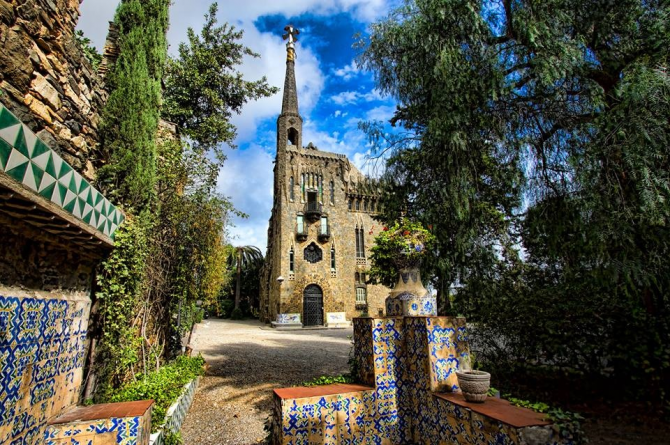
It was built between 1900 and 1909, with straight forms, inspired by the medieval castle of Martín I el Humano. Gaudí builds a castle halfway between modernism and Gothic and restores the remains of the medieval palace, which are part of the gardens of the estate.
TOP 11:
Bodegas Güell (Garraf, Barcelona)
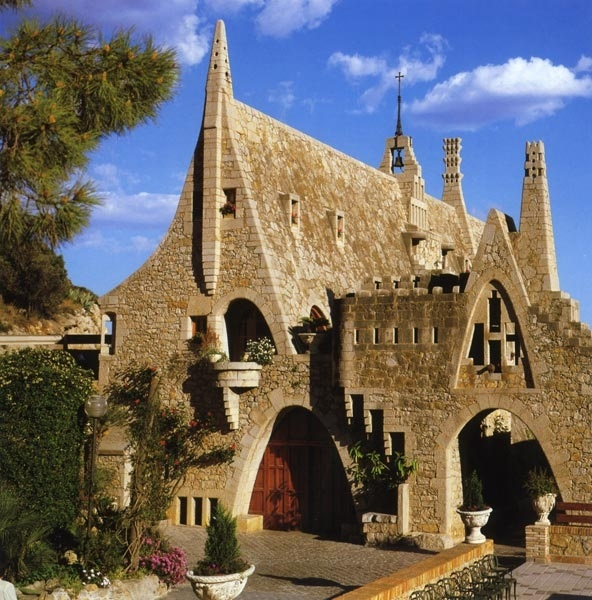
The complex is an example of modernism and shows us extremely original forms made with traditional materials such as stone and brick. In a construction that recalls a medieval style, the arches are parabolic instead of the typical semicircular form of Romanesque.
TOP 10:
Güell Palace (Barcelona)
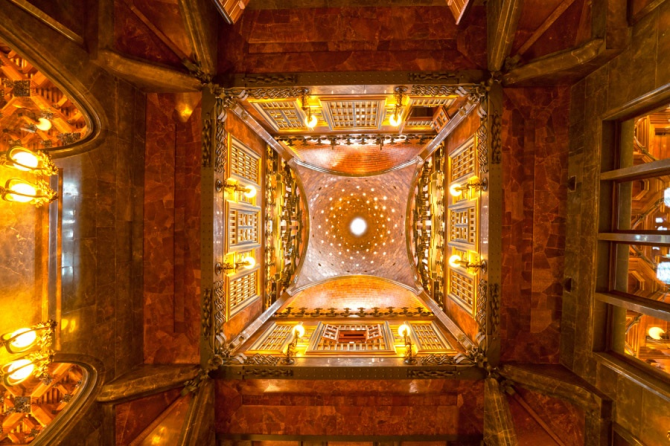
The visit consists of an amazing tour that includes everything from the old stable in the basement, to the roof, through each of the special rooms of the house. It offers a new conception of space and light, showing original environments full of ornamental elements.
TOP 9:
Crypt of Colonia Güell (Santa Coloma de Cervelló, Barcelona)
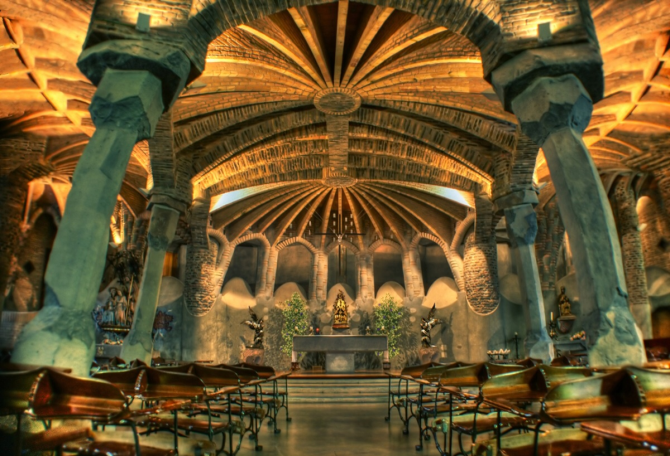
The importance of the church of Colonia Güell in Gaudí's work is due to the fact that it is the first time that it has used its architectural innovations in a unitary way. As such, said Gaudí himself, if it had been completed it would have been "a monumental model of the Sagrada Família".
TOP 8:
Casa Calvet (Barcelona)
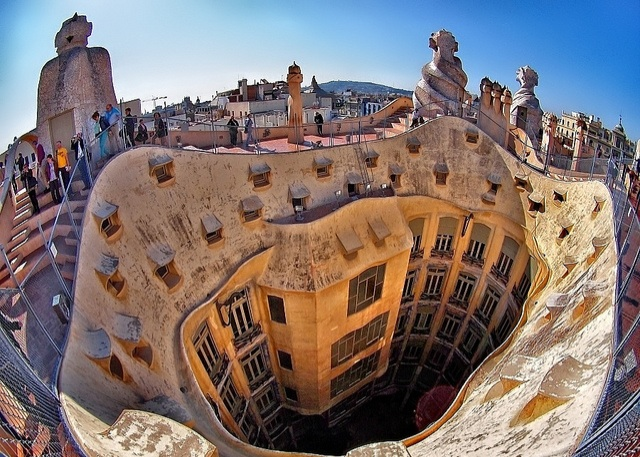
The main facade has a baroque gallery with wrought iron railings and reliefs of different kinds of mushrooms. There are several busts, two balls of the world with bases and on top of them four-armed crosses. Currently, it houses a restaurant inside.
TOP 7:
House Botines (León)
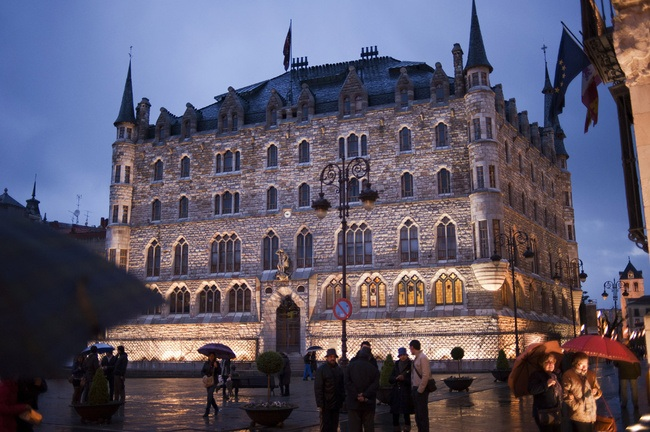
A neo-Gothic building with modernist influences typical of Gaudi that was built between 1891 and 1894. It was declared a Historic Monument in 1969 and is currently owned by Caja España, which enabled it as its headquarters.
TOP 6:
Casa Milà (Barcelona)
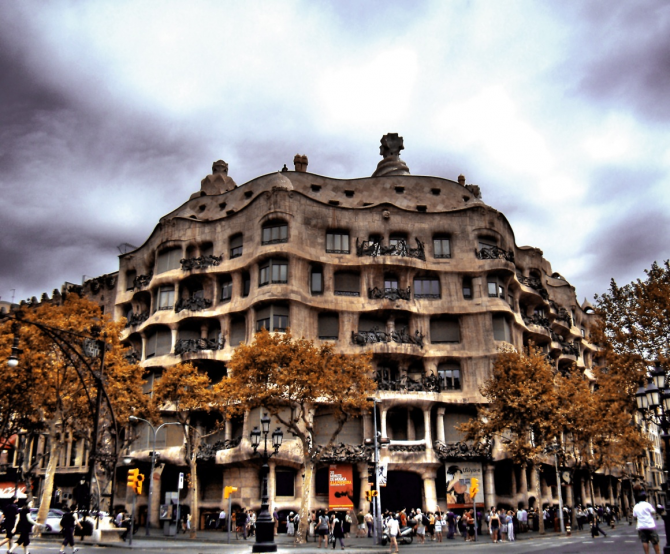
This building crowned by amazing chimneys lined with tiles is, in addition to UNESCO heritage, the most emblematic of the Passeig de Gràcia. It is the headquarters of the Caixa de Catalunya Foundation and also houses a small museum called Espacio Gaudí.
TOP 5:
El Capricho (Comillas, Cantabria)
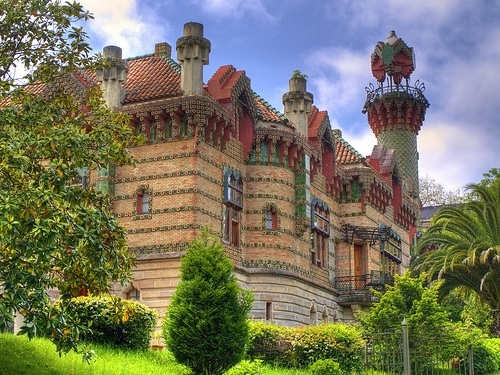
It has a very complicated plant, being in general a building very rich in decorative details that collects various local and foreign influences, such as neomudéjares elements. It has undergone important reforms, especially in the interior.
TOP 4:
Episcopal Palace (Astorga, León)
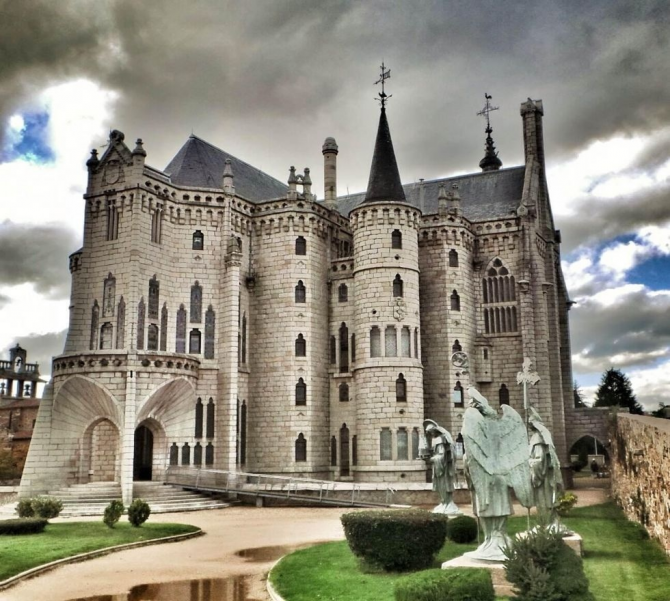
It has an aspect that resembles a castle, with battlements, viewpoints and even a moat that currently surrounds the entire monument and in which three sculptures that Gaudí designed himself are located. It was the Bishop of Astorga who spoke with him to convince him to carry out the work.
TOP 3:
Casa Batlló (Barcelona)
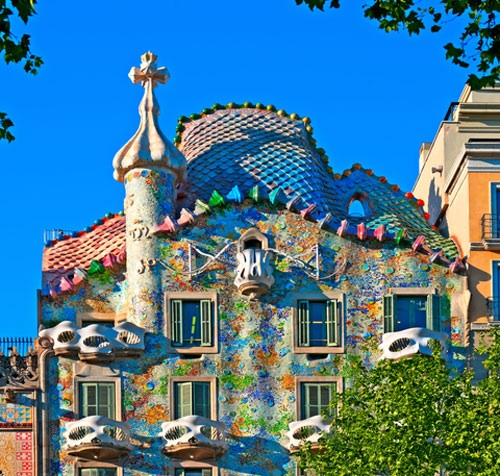
Made by Gaudí in 1906, it is one of the most outstanding works of modernism in Barcelona and a prodigy of ceramic games. The balconies are made of iron and look like masks and light, color and shape intermingle forming a unique set.
TOP 2:
Güell Park (Barcelona)
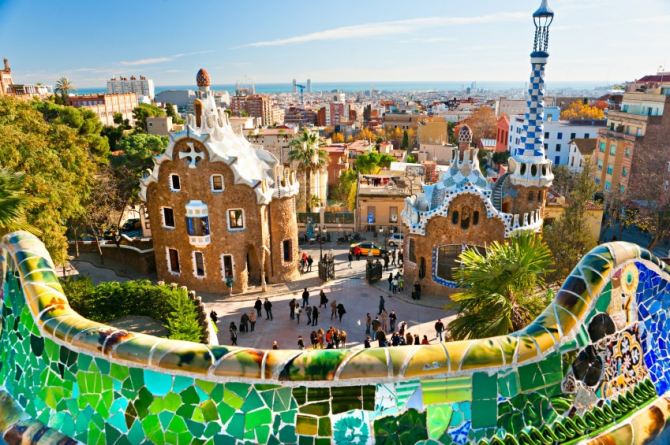
Visiting this famous park is like visiting a story. Each pavilion, wall and corner is carefully decorated, designed and colored. The aristocrat Eusebi Güell, in love with the English gardens, wanted to build a garden city in Barcelona and entrusted the work to Gaudí.
TOP 1:
The Sagrada Familia (Barcelona)
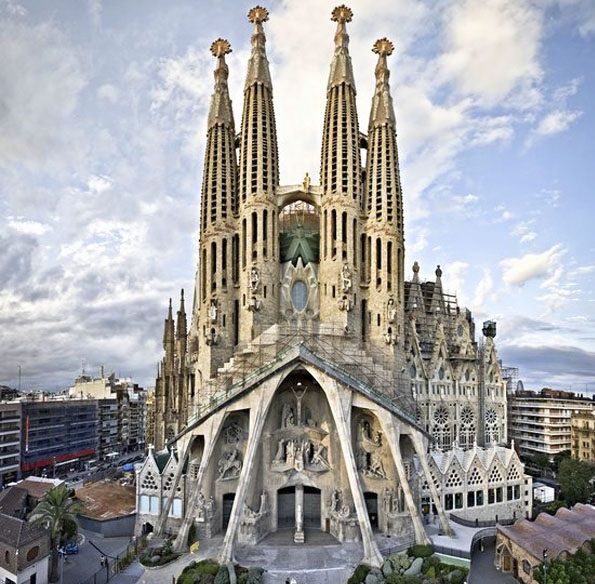
Nothing more and nothing less than 129 years after it began to be built, it seems difficult to pronounce on an end date for this temple. The master Gaudí dedicated forty years of life (the last fifteen exclusively) to this wonderful project.
More lists

